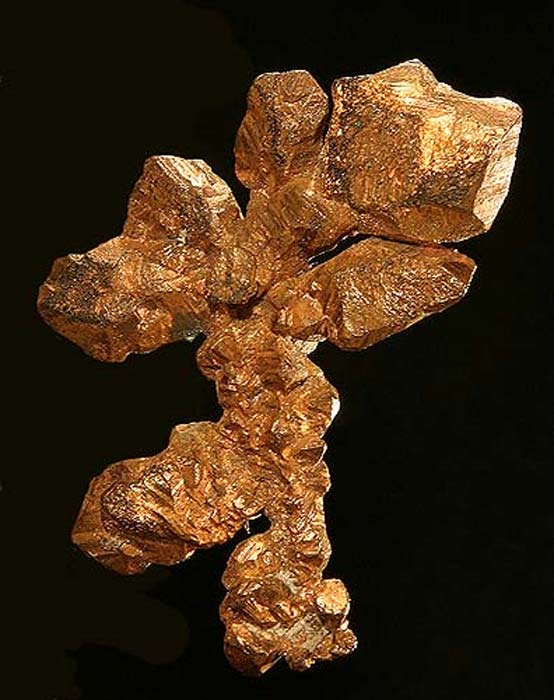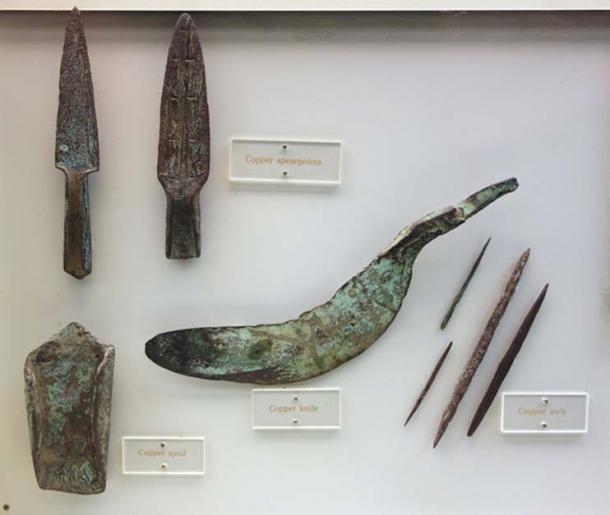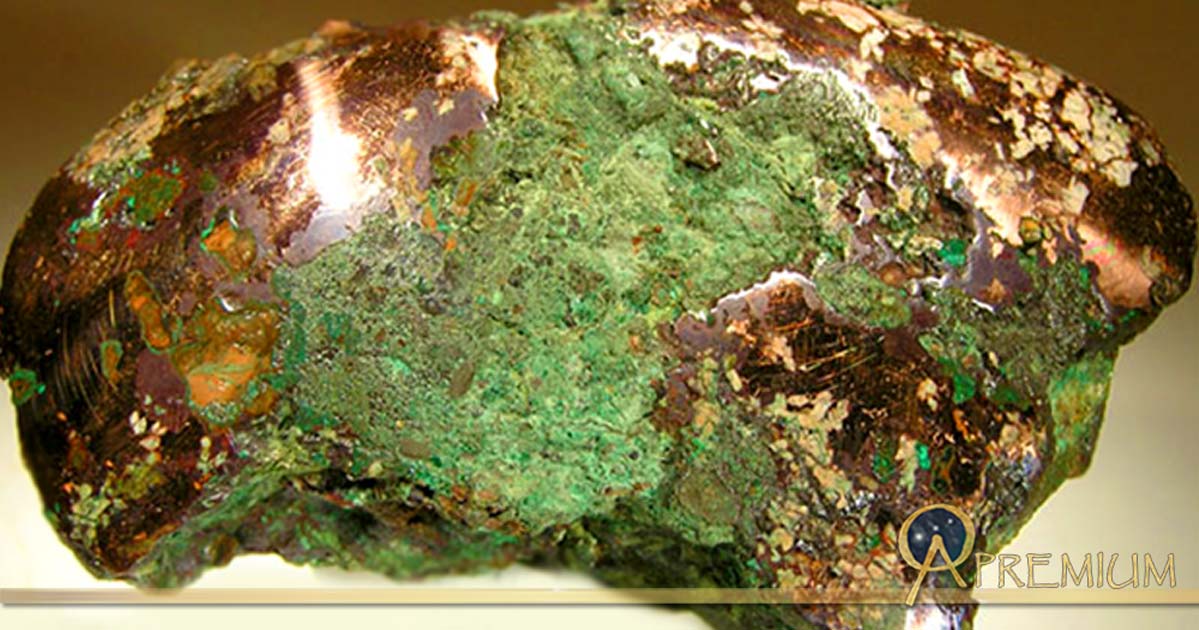A Metal of Power and Prestige: The Ancient Copper Industry of North America
There are several criteria archaeologists look for in the quest to determine the level of cultural advancement of ancient peoples. Obviously, one of these criteria is technological advancement, considered by some to truly get underway with the introduction of metallurgy.
For some time it was believed that the people who exploited the massive copper supplies from the North American Great Lakes region were members of a single cultural entity, once referred to as the Old Copper Culture. A far more interesting picture has emerged in recent decades, as archaeologists have gradually realized that Great Lakes copper was at the center of an industry for thousands of years, utilized by many different cultures. Furthermore, various dating techniques are constantly pushing the fabrication of advanced copper tools further back into America’s ancient past.

Diorama of Anishinaabe people mining copper near Lake Superior (Ellenm1/CC BY-SA 3.0)

‘Evidence exists of copper trading routes throughout North America among native peoples, proven by isotopic analysis.’ Native copper from Ray mine, Arizona (Rob Lavinsky, iRocks.com/CC BY-SA 3.0)
Advanced Copper Tools
Accelerator Mass Spectrometry (AMS) allows for the dating of copper artifacts by showing the age of textiles or wooden fragments adhering to (and partially preserved by) the artifacts. This method has recently dated two copper conical points from Vilas County, Wisconsin to 5740 +/- 40 BC and 5355 +/- 60 BC. Copper points featuring toothed or notched bases for hafting attachments have been found in Wisconsin and elsewhere, usually termed “saw tooth” or “serrate tang” points, and can be seen in photographs from numerous collections. Recently, one such point featuring four teeth on one side and three on the other was found at the Sandy Lake Dam site in Aitkin County, Minnesota, with eight other copper tools and 24 pieces of scrap metal. Bone was used to date the contexts of this find to between 5,000 and 4,000 BC.

Copper knife, spear points, awls, and spade, from the Late Archaic period, Wisconsin, 3000 BC-1000 BC. (Public Domain)
The early manufacture of advanced copper tools sets North America apart from most of the ancient world. Throughout most of the Old World, the rise of copper metallurgy almost universally occurs in the same pattern, with ancient groups beginning to work the metal in order to fabricate ornaments. This is true for finds from the eighth to seventh millennium BC, including a copper pendant from Shanidar cave in Iraq, copper beads from Cayonu Tepsi in Turkey, a rolled copper bead from Ali Kosh in Iran, and artifacts from Tell Halula in Syria. In Asia, the earliest metal artifacts are pins, bracelets, beads, pendants, and mirrors, dating to 5,000-4,000 BC. In Britain, the earliest metal objects were ornamental beads, as are the first copper objects from France, where they are found in collective burials dating to 3500-3000 BC in the Paris basin and Vignely. Heavy copper beads are known from Southern France and the west bank of the Rhone, and the earliest metal objects from the Languedoc consist of copper and lead beads of the third millennium BC Fontbouisse culture.
Copper: Function Before Fashion
The persistence of this pattern of ornamental metallic objects has led to the theory that metallurgy was universally born out of aesthetic desires, with weaponries and tools always arriving later in the cultural sequence. This persistent pattern, however, is broken in North America, where copper tools were contemporary with or earlier than the ornaments. Eventually it may be proven that advanced metal tools were made in North America earlier than anywhere else on earth.
This FREE PREVIEW is just a taste of the great benefits you can find at Ancient Origins Premium.
Join us there ( with easy, instant access ) and reap the rewards: NO MORE ADS, NO POPUPS, GET FREE eBOOKS, JOIN WEBINARS, EXPEDITIONS, WIN GIFT GIVEAWAYS & more!
- Foundations of Stone – Part I : Investigating the Megalithic Aspect of Late Archaic and Woodland Cultures in West Virginia
- The Legacy of Armenia: Trade, Metallurgy, and Forging of Precious Metals of the Ancient World
- Ancient metal workers were not slaves but high status craftsmen
Jason Jarrell and Sarah Farmer are investigative historians and avocational archaeologists. They study many subjects including depth psychology, Biblical mysteries, political science, and comparative mythology. They’re also authors of an upcoming book Ages of the Giants, detailing the cultures and giants of North America, set to be released in 2017. Learn more at their website: ParadigmCollision.com
Top Image: Native copper nugget from glacial drift, Ontonagon County, Michigan. An example of the raw material worked by the people of the Old Copper Complex. (Rob Lavinsky, iRocks.com/CC BY-SA 3.0);deriv.



















